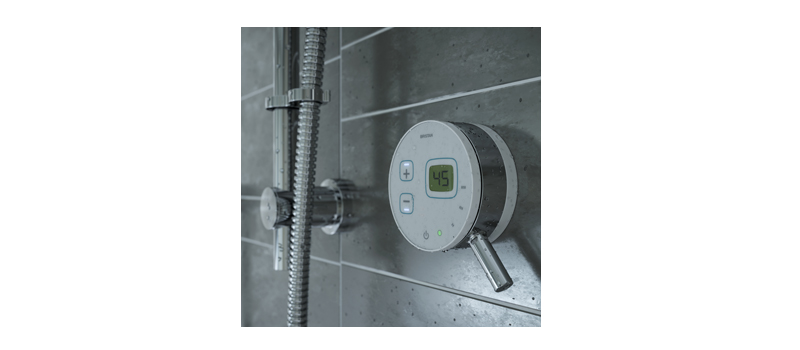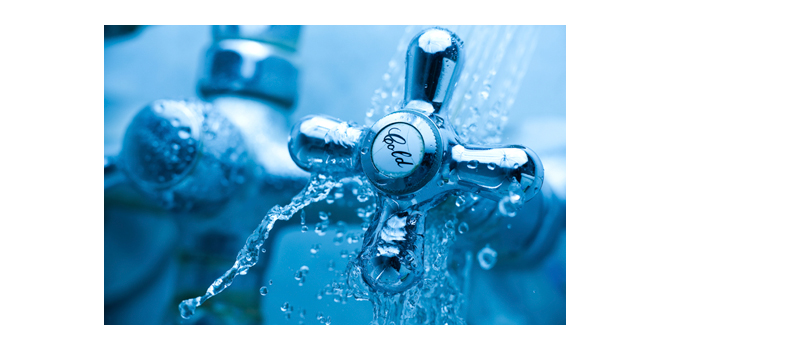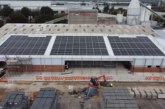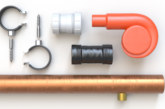
The arrival of the Water Label, soaring bill costs and an increasingly cost-savvy consumer have brought about an increased focus on water saving. With this in mind, many leading manufacturers offer a range of cost-effective, easy-to-install products which can help homeowners to lower their water bill — and offer profit potential for the merchant. PBM hears from Fiona Bowyer, Marketing Director at Bristan.
In this age of sustainability, where the focus is on streamlining and eliminating waste, it is perhaps surprising that influencing consumers to save water hasn’t been the easiest task.
Just last year, the Energy Saving Trust commissioned a study which showed that Brits use a colossal total of nine billion litres of water per day. The study of 86,000 homes showed that overall hot water use contributes £228 to the average annual bill — a figure which has no doubt increased this year — equating to more than £6billion across the whole of the UK. The EST noted that this was down to consumers simply not making the connection between water and energy, labelling the heating of water ‘the hidden element in the household expenditure.’
The situation is, however, changing mainly due to the rising cost of bills. A recent report showed that more than half (55%) of Brits are having to cut back on groceries to be able to afford their fuel bills this winter amid escalating fuel costs. As a result, consumers are increasingly gravitating to efficient products which will help them save money. While for some time much of this focus has been on energy-efficient products, the demand is now moving to water saving.
Adding further momentum, as well as legislation, is this year’s long awaited roll out of the Water Label scheme. The labelling means consumers can now compare products on a ‘like-for-like’ basis to see which ones offer the greatest water savings. Also, for merchants and indeed installers, it provides a valid and credible opportunity to promote some of the new water saving products being introduced to the market.
The consensus then is that the demand for water saving is only going to grow which, in turn, presents a good revenue stream for merchants. In order to fully capitalise on this opportunity, however, it is important to not only stock all of the latest water saving solutions but to have an extensive knowledge base, in order to advise and support installers on the most appropriate option for their specification.
In terms of what to recommend, showers featuring flow regulators can achieve significant water savings, for example. This can additionally help plumbing installers to comply with regulations in new build installations, as well as making existing ones more efficient.
Simple yet highly effective, flow regulators work by limiting the flow in the supply pipe. Typically, most standard showers could distribute a shower flow rate of up to 20 litres per minute if the householder has a combi- boiler that generates high pressured hot water and high mains water pressure. Flow regulated showers, however, offer a maximum rate of 12 litres per minute no matter what pressure the household water system generates. This can translate into significant water savings over the year.
For ease of installation, flow regulators can also easily be retrofitted between a shower valve outlet connection and the shower hose or, if a TMV2 product is fitted on a combi heating system, it is recommended between the valve and the inlet connections, to ensure the valve’s performance is maintained during colder winter months.
Many showers are supplied with optional flow regulators, and some include built-in eco features (though these can be overridden if necessary). For example, the new Artisan Evo Digital shower has an eco-flow setting which reduces the flow of water by 50%.
These products will help homeowners make substantial savings on their fuel bills. According to the Energy Saving Trust, if a family of four replaced their inefficient showerhead with a water-efficient one, they could save around £72 on their gas bills and around £72 on their water bills (if they have a water meter) each year — a total saving of almost £150.
Bathroom taps with flow regulators are also available, reducing flows to around one litre per minute. In addition, some taps are fitted with a device that offers subtle resistance at the halfway point, raising the user’s awareness of the flow.
The water saving issue is only going to get bigger. As such, the recommendation is for merchants to take stock now of the full scope of modern water saving technologies. By supplying these technologies, as well as providing informed, expert advice, the result will hopefully be that merchants will be the first port of call as the demand for water saving inevitably grows.










